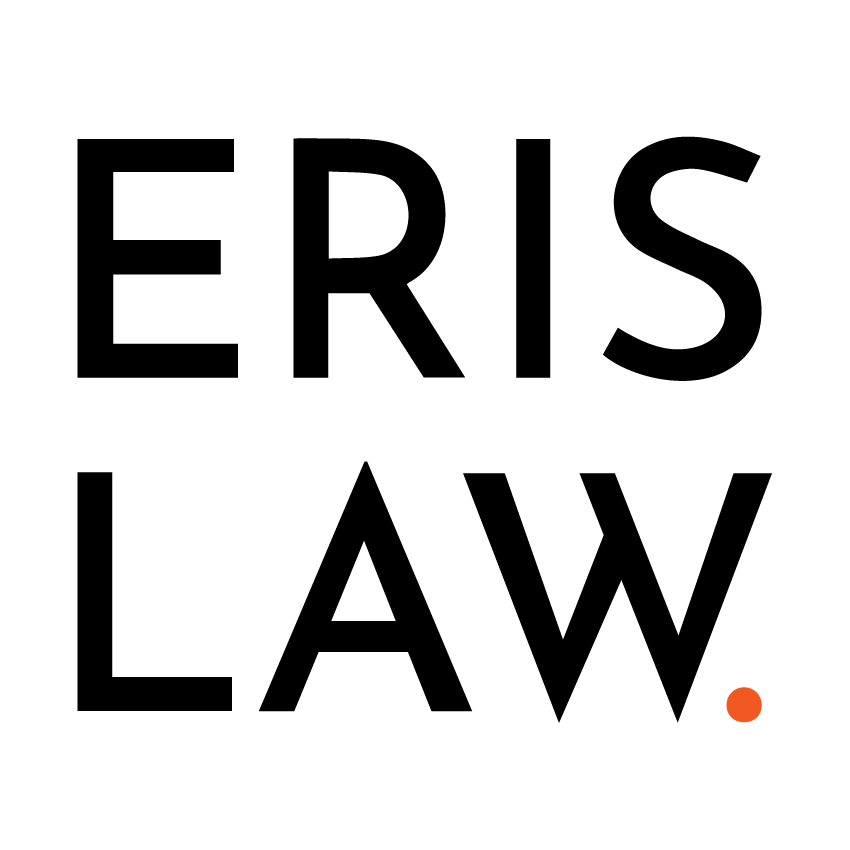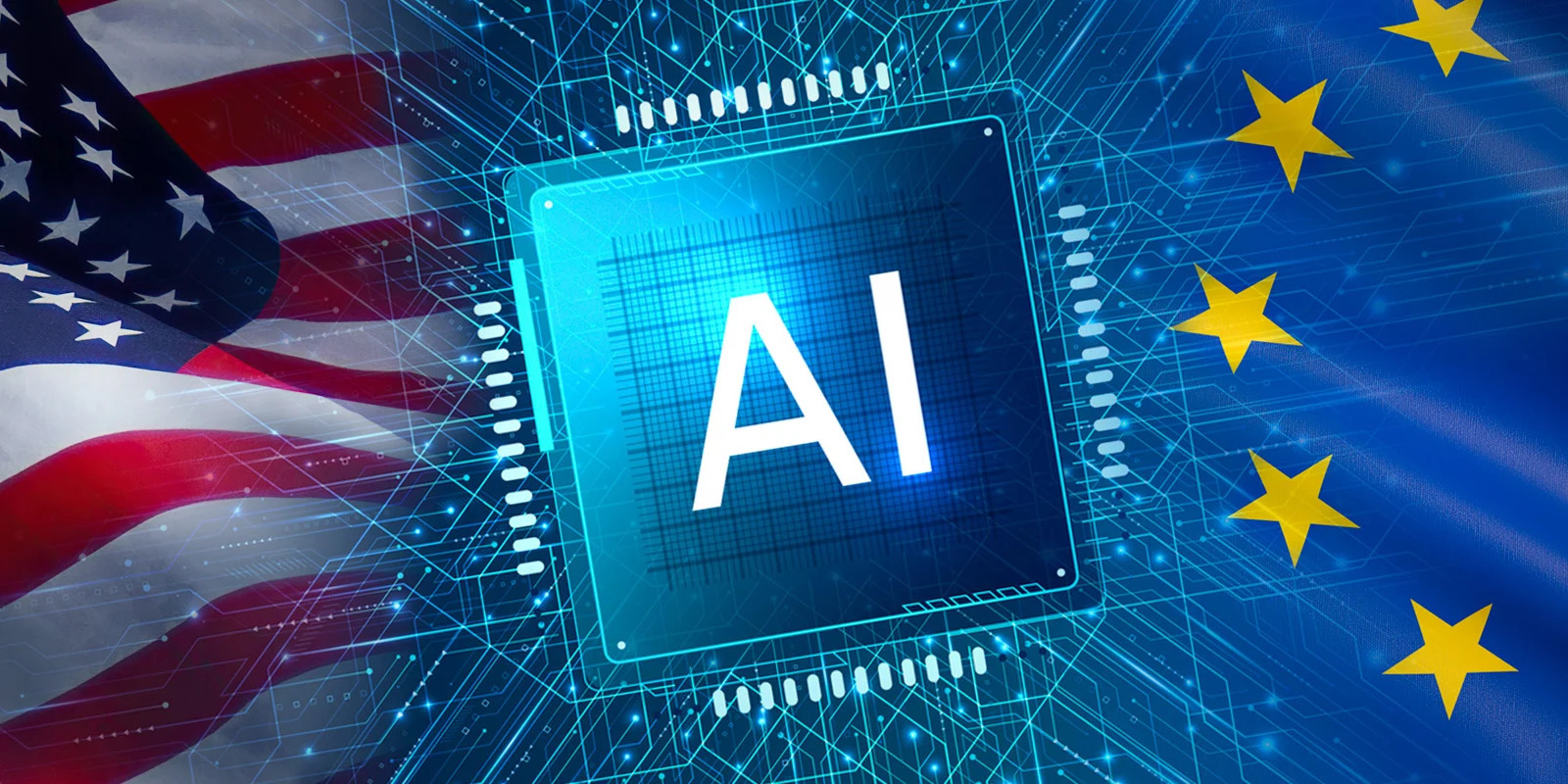The recent copyright cases involving AI companies in both the US and EU highlight stark differences in how these jurisdictions are approaching the intersection of artificial intelligence and copyright law. While both regions grapple with similar fundamental questions, their legal frameworks and interpretations are beginning to show distinct characteristics.
Facts of the cases in brief
US case: Raw Story Media, Inc. and AlterNet Media, Inc. v. OpenAI
The plaintiffs, Raw Story Media, Inc. and AlterNet Media, Inc., alleged that OpenAI used articles from their websites without permission to train its large language model, ChatGPT. The plaintiffs claimed that OpenAI removed copyright management information from their articles during the scraping process. They sought damages and an injunction to prevent OpenAI from further using their data. OpenAI argued that the plaintiffs failed to demonstrate any concrete harm or injury from the alleged copyright removal. The court sided with OpenAI and dismissed the case, finding that the plaintiffs did not adequately show a ”concrete injury”. The court acknowledged that OpenAI used copyrighted works to train ChatGPT, but the plaintiffs could not prove that ChatGPT had actually disseminated any of their content in violation of copyright.
EU case: Kneschke v. LAION
A photographer (the Plaintiff) sued LAION, a non-profit organisation that provides open datasets for training AI models. The Plaintiff alleged copyright infringement because LAION’s dataset included one of his photos, which he had uploaded to a stock photo website. The terms of use of the stock photo site prohibited the use of images for ”automated programs”. The court dismissed the claim, stating that LAION could benefit from a limitation to copyright under German and EU law for text and data mining (TDM) for scientific purposes. The court found that creating a dataset for AI training qualifies as scientific research, as it is a fundamental step towards future knowledge generation. The court also rejected the Plaintiff’s argument that LAION pursued commercial purposes, as the datasets are freely available to the public. Although not required to rule on the commercial TDM exception, the court’s comments on its scope are relevant to AI development in the EU.
The US Approach: Technical Reality Over Traditional Rights
In the US, a recent case involving Raw Story Media and AlterNet Media against OpenAI demonstrates a pragmatic approach focused on provable harm. The US court system appears to be adapting its interpretation of copyright law to accommodate the technical realities of how AI systems actually work.
The key aspects of the US approach include:
– Emphasis on Concrete Injury: US courts require plaintiffs to demonstrate specific, tangible harm from AI’s use of copyrighted material. The judge in the OpenAI case dismissed the lawsuit precisely because the plaintiffs couldn’t prove ”concrete injury” as required by law.
– Facts vs. Expression: The US approach makes a clear distinction between copyrightable expression and non-copyrightable facts. Since AI models synthesize knowledge rather than copy content directly, this distinction becomes crucial in determining infringement.
– Technical Understanding: US courts are showing willingness to consider the technical nature of AI systems in their rulings. The recognition that AI models compress and transform information rather than simply copying it has become a key factor in legal decisions.
The EU Approach: Research Exception and Rights Protection
In contrast, the EU’s approach, as exemplified by the Hamburg court case involving LAION, shows a more structured framework based on specific exceptions while maintaining strong copyright protections.
The EU’s strategy is characterized by:
– Research Exception Focus: The EU explicitly provides exceptions for text and data mining (TDM) for research purposes through the Digital Single Market (DSM) Copyright Directive. This creates a clear legal framework for AI development in research contexts.
– Rights Holder Protection: The EU maintains strong protections for copyright holders, including the right to opt out of having their works used for TDM. The Hamburg court specifically addressed how rights holders can protect their works from AI scraping.
– Balanced Approach: The EU courts are attempting to balance innovation with rights protection, recognizing both the need for AI development and the importance of protecting creative works.
Key Differences in Implementation
Several notable differences emerge when comparing the two approaches:
Legal Framework
US: Relies heavily on existing copyright law and constitutional requirements for standing, adapting interpretations to new technology.
EU: Has implemented specific directives addressing AI and data mining, providing a more structured framework for these issues.
Burden of Proof
US: Places a heavy burden on plaintiffs to prove specific harm from AI use of copyrighted material.
EU: Focuses more on whether activities fall within specified exceptions, rather than requiring proof of harm.
Research Considerations
US: Does not have explicit research exceptions for AI training.
EU: Has specific exceptions for research organizations and cultural heritage institutions.
Rights Holder Control
US: Current rulings suggest limited control for rights holders over AI training use.
EU: Provides mechanisms for rights holders to opt out of AI training uses.
Final remarks
The contrasting regulatory approaches to AI development between the US and EU create distinct implications for the industry. While the US’s more permissive environment allows companies greater flexibility in using training data and developing AI systems, the EU’s structured approach offers clearer guidelines at the cost of increased compliance requirements for developers. This regulatory divergence presents a particular challenge for AI companies operating internationally, often necessitating the development of region-specific strategies to navigate these different regulatory landscapes effectively. The contrast between US and EU approaches to AI copyright law reflects deeper differences in how these jurisdictions balance technological innovation with rights protection. While the US appears to be taking a more technically oriented, harm-based approach, the EU maintains a more structured system with specific exceptions and protections. These differences will likely shape how AI development proceeds in these regions, with implications for global AI innovation and regulation.
Sources:
Medium, Why This ChatGPT Court Win is Historic. Available at: https://medium.com/@ignacio.de.gregorio.noblejas/why-this-chatgpt-court-win-is-historic-997f75927380
Pinsent Masons, Medium AI and copyright issues considered in German photographer case. Available at https://www.pinsentmasons.com/en-gb/out-law/news/ai-copyright-issues-german-photographer-case

